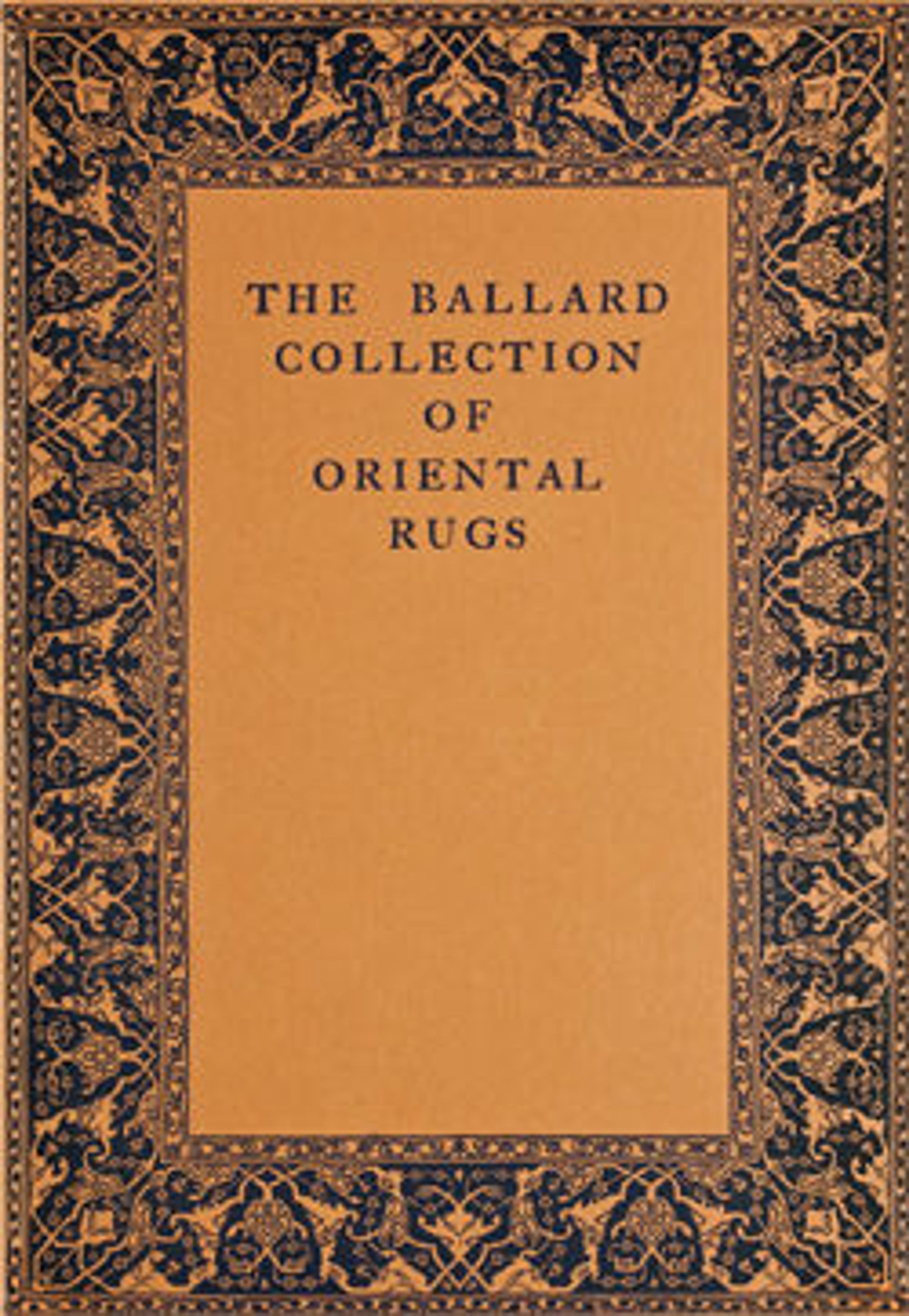'Transylvanian' Carpet
Artwork Details
- Title: 'Transylvanian' Carpet
- Date: probably 17th century
- Geography: Attributed to Turkey
- Medium: Wool (warp, weft and pile); symmetrically knotted pile
- Dimensions: H. 77 1/2 in. (196.9 cm)
W. 50 1/2 in. (128.3 cm)
Wt. 18 lbs. (8.2 kg) with cradle - Classification: Textiles-Rugs
- Credit Line: The James F. Ballard Collection, Gift of James F. Ballard, 1922
- Object Number: 22.100.90
- Curatorial Department: Islamic Art
Audio
6647. Overview: Later Anatolian Carpets
NARRATOR: These are examples of later Anatolian carpets. But they also represent local, domestic traditions in Anatolia from earlier centuries. Walter Denny.
WALTER DENNY: The carpets woven in Anatolia in the 18th and 19th century are carpets of their own time, certainly. At the same time, however… one can always find in the designs of carpets from the 18th and 19th century a… direct relationship with the great classical carpets of the 14th, 15th, and 16th centuries. These village traditions, an art that was always practiced in Anatolia by women artists, women weavers who were themselves the artists of the carpet as they wove it - these traditions passed from grandmother to mother, to daughter… over the centuries show carpet art as a living tradition always changing, but always self-consciously referential to the glorious past. And the spontaneity and the beauty that comes from people creating things for their own use, in their own society, in their own villages across the vast area of Anatolia.
More Artwork
Research Resources
The Met provides unparalleled resources for research and welcomes an international community of students and scholars. The Met's Open Access API is where creators and researchers can connect to the The Met collection. Open Access data and public domain images are available for unrestricted commercial and noncommercial use without permission or fee.
To request images under copyright and other restrictions, please use this Image Request form.
Feedback
We continue to research and examine historical and cultural context for objects in The Met collection. If you have comments or questions about this object record, please contact us using the form below. The Museum looks forward to receiving your comments.
